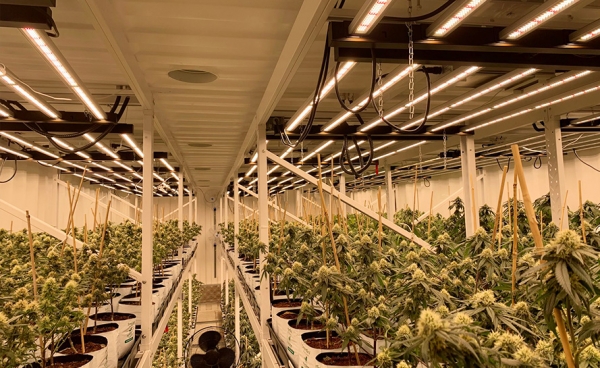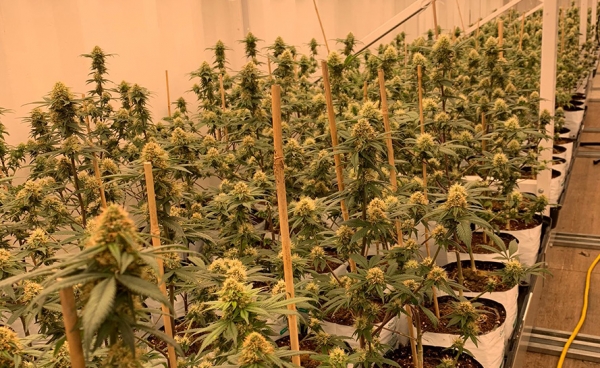A grow room ventilation system plays a critical role in maintaining optimal environmental conditions for healthy plant growth. It helps to control temperature, humidity, and air quality by ensuring proper air circulation and exchange.

Exhaust fans are essential for removing stale air, excess heat, and humidity from the grow room. They are typically mounted in the upper part of the room or near the ceiling to efficiently extract hot air. Choose fans that are appropriately sized for your grow room and capable of providing adequate airflow.
Intake fans bring fresh air into the grow room, providing a constant supply of oxygen and maintaining a balanced air pressure. Intake fans are usually positioned at the lower part of the room or near the floor to facilitate proper air circulation. It’s important to ensure that the intake airflow is filtered to prevent pests, dust, and contaminants from entering the room.
Ducting is used to channel air between the grow room, exhaust fans, and intake fans. Use insulated ducting to minimize heat transfer and prevent condensation. Proper duct sizing and design are crucial for maintaining efficient airflow and avoiding unnecessary pressure drops.

Carbon filters are employed to remove odors and purify the air before it is exhausted outside. They contain activated carbon, which absorbs and neutralizes unwanted smells. Carbon filters are typically connected to the exhaust fan to ensure that the air leaving the grow room is free from strong odors.
Air circulation fans are positioned inside the grow room to promote even distribution of temperature, humidity, and CO2 levels. They help prevent stagnant air, reduce hotspots, and strengthen plant stems through gentle air movement. Oscillating fans are commonly used for this purpose.
Environmental controllers automate and regulate various aspects of the grow room environment, including temperature, humidity, and CO2 levels. They can be programmed to activate fans, adjust ventilation settings, and integrate with other environmental control systems.

Proper sealing and insulation of the grow room are essential to prevent air leaks and maintain environmental control. Insulate walls, ceilings, and floors to minimize heat transfer and maintain temperature stability. Ensure that windows, doors, and other potential openings are properly sealed to prevent air leaks.
In addition to carbon filters, you may consider incorporating additional air filtration and purification systems, such as HEPA filters or UV sterilizers. These systems can help remove particulates, allergens, pathogens, and other contaminants from the air, ensuring a clean and healthy environment for your plants.
Regularly monitor the performance of your ventilation system and the environmental conditions in the grow room. Maintain proper fan operation, clean filters, and inspect ducting for any blockages or damage. Regular maintenance helps ensure efficient operation and prevents issues that could negatively impact plant growth.
It’s important to design and size your grow room ventilation system based on the specific requirements of your plants, the size of the grow room, and the environmental conditions in your location. Consulting with experts in indoor gardening or horticulture can provide valuable guidance in designing an effective ventilation system for your specific needs.